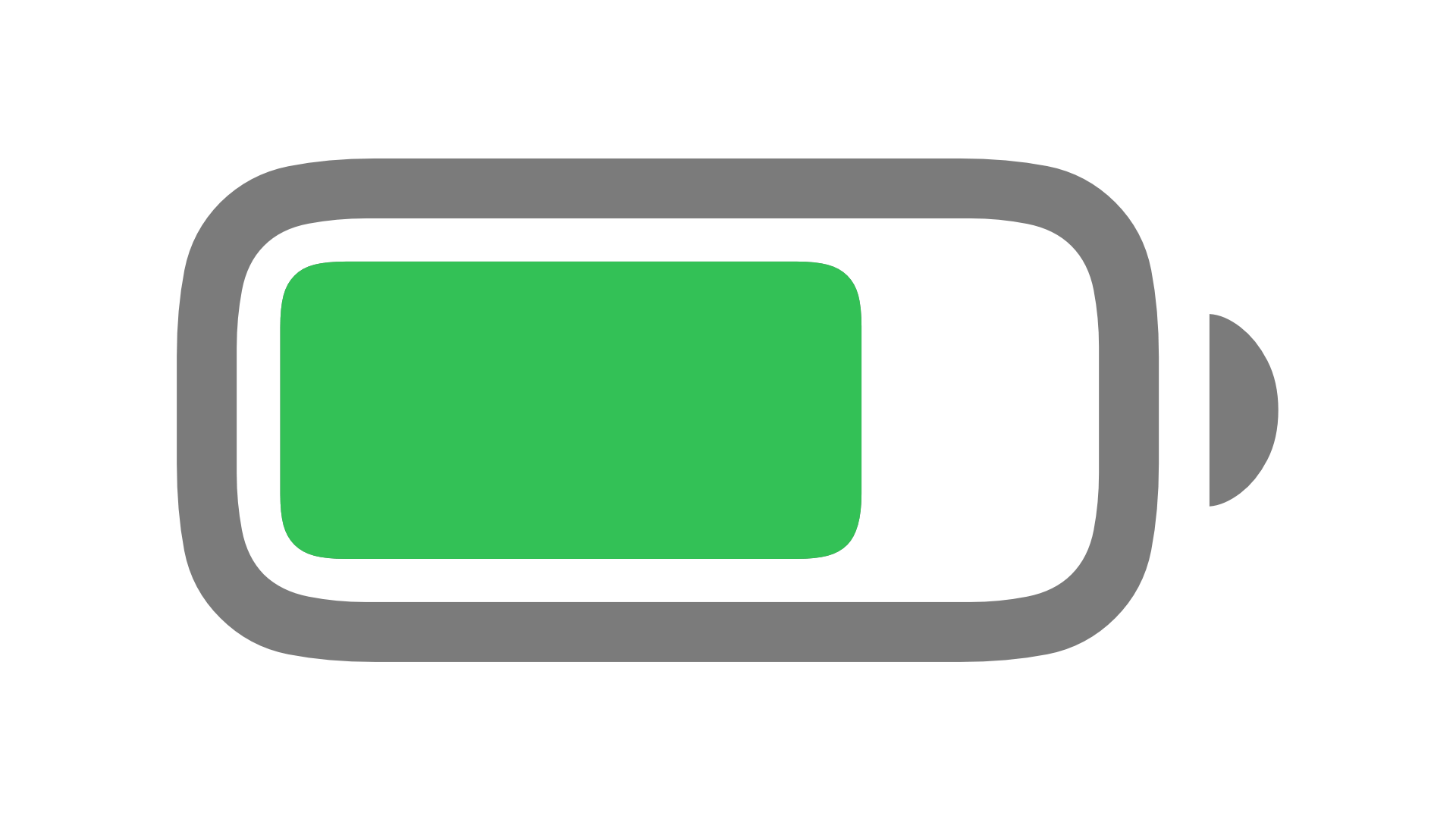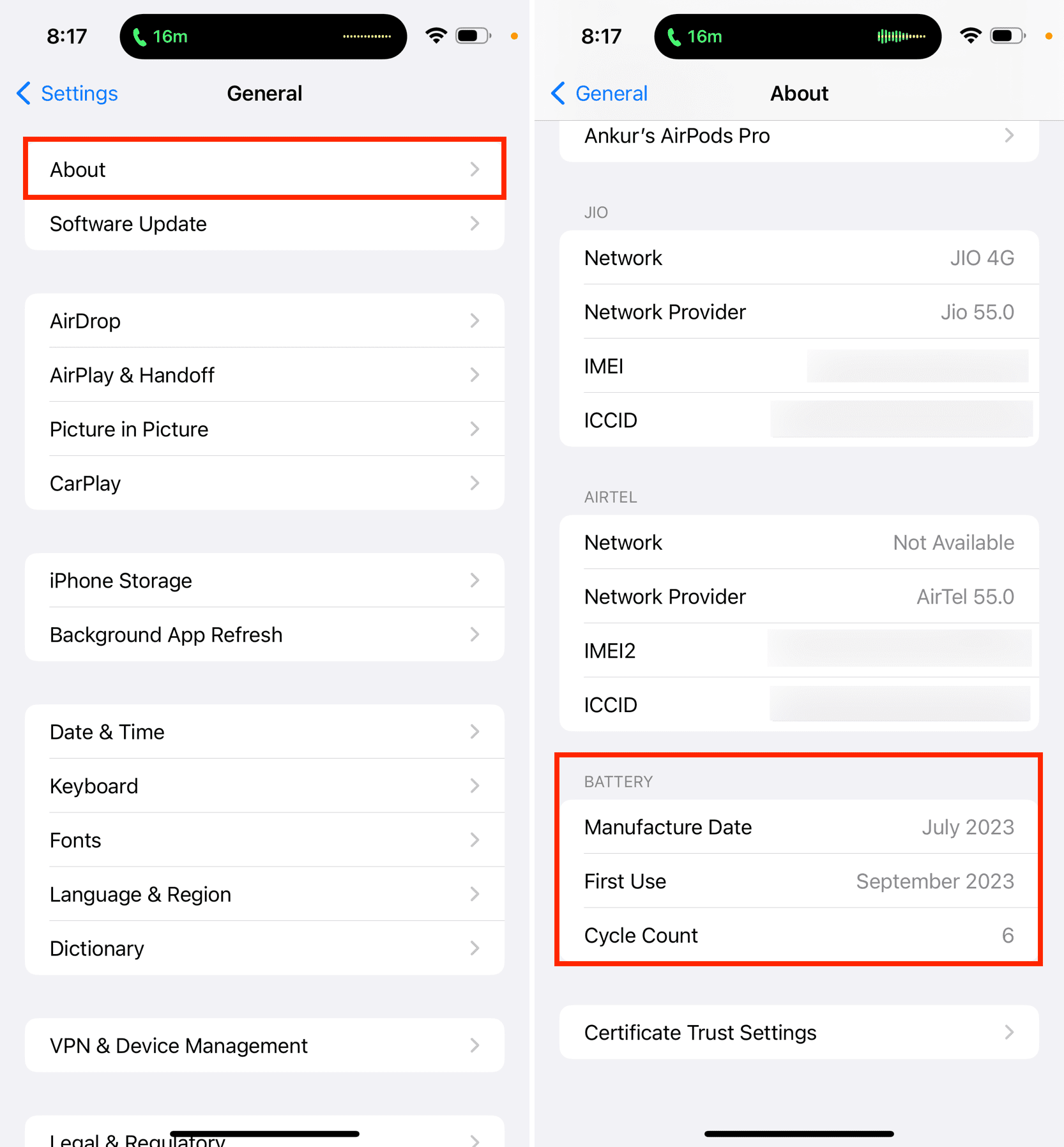In this tutorial, we’ll show you how to view the cycle count, manufacturing month, and the first use month of your iPhone battery to assess its health and age.

Apple has allowed MacBook users to view the battery cycle count for several years. Starting with the iPhone 15 series, iiPhone users can now also check the battery cycle count, a crucial stat for determining how the battery is aging.
In addition to the cycle count, iPhone owners can now see the battery’s manufacturing date and the first use date of the device’s lithium-ion battery. These important battery performance metrics weren’t previously accessible through the Settings app, but you could unearth them using other methods.
See iPhone battery cycle and manufacturing date
- Open the Settings app on iPhone 15 or iPhone 16, running the latest version of iOS.
- Select Battery from the list of menus.
- Tap Battery Health.
- You’ll find the Cycle Count, Manufacture Date, and the First Use month and year here.

In case your iPhone 15 is not updated to iOS 18, go to the Settings app > General > About. You’ll find the Battery heading at the bottom of the screen, which shows the Manufacture Date, First Use, and Cycle Count.

Why is cycle count a vital battery stat?
Knowing how many complete charge cycles you have left is the most important iPhone battery health metric.
iPhone batteries should retain up to 80% of their original capacity after 1000 complete charge cycles. A charge cycle is completed after you’ve used up all of the battery’s current capacity.
This assumes normal conditions because, for example, battery capacity will decrease faster when you expose your device to direct sunlight.
You can learn more about this topic in our battery cycle count article for MacBook. Additionally, Apple’s website also offers an explanation of how battery charge cycles are calculated and what you can do to slow battery aging and make it last longer.
More battery-related tips: